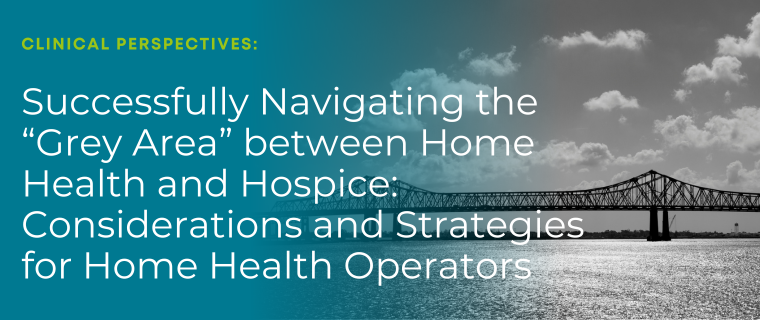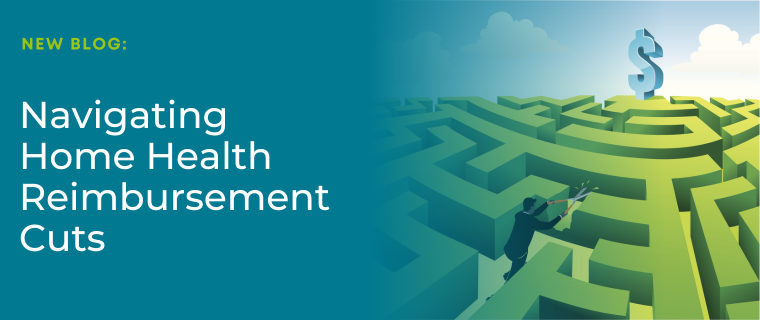Home Health to Hospice: Why Your Most Chronically Ill Population Need Better End-of-Life Experiences
It’s an industry norm—home health providers are working diligently to manage increasingly vulnerable, medically fragile patients. It’s a curative approach—but too often this chronically ill population is caught in a troubling cycle of frequent hospitalizations to manage serious illnesses that do not have curative potential.
According to the Dartmouth Atlas Project (2020), patients with chronic illness in their last two years of life account for about 32% of total Medicare spending, much of it going toward physician and hospital fees associated with repeated hospitalizations. Yet, further Dartmouth research has shown that more than 80% of patients with chronic diseases say they want to avoid hospitalization and intensive care when they are dying.
Eighty percent of patients state they wish to spend their last days in the comfort of their own homes—only 25% actually do.
Why the misalignment? What is often missing from the chronically ill treatment cycle is a conversation with the patient. Not a conversation about curative treatment options, but one about advanced care planning. But it’s not always that simple, right? When death is imminent, professional caregivers know it. They see the physical, emotional and sometimes spiritual signs and react. When death is farther off, say three or four months away, it’s much more difficult to identify the signs and determine if a patient is ready for palliative vs. curative treatment. The result is likely a delay in initiating palliative or hospice care until it is too late to realize their full benefits.
The 2019 National Hospice and Palliative Care Organization (NHPCO) Facts and Figures Report emphasizes the problem: 40.7% Medicare beneficiaries received hospice care for 14 days or less and 27.8% for a week or less.
The industry can do better than that. Together, we can change that statistic.
That’s where data science comes in. By applying predictive analytics to your most at-risk patients, home health leaders can begin to identify home health patients at risk for mortality well in advance of the signs of imminent death. The approach becomes proactive versus reactive, allowing care teams to proactively evaluate for advanced care planning needs much earlier than the current 14-day statistic.
Medalogix Bridge, a data-driven solution that detects the most vulnerable and frail among your population, provides dual home health and hospice providers access to data-driven insights to help provide high-risk patients the right care at the right time. Physicians appreciate the advanced insight so they can better prepare their patients. And patients/families deserve the timely conversation to potentially transform their end-of-life experience.
—
Organizations using Medalogix Bridge have experienced an average 52% decrease of deaths on home health census and 26% decrease in early deaths on hospice census. Here’s how >>
Related Blogs

HHVBP: A Winning Strategy for Home Health Providers
The start of 2025 has ushered in a wave of new realities for Home Health...

Successfully Navigating the “Grey Area” between Home Health and Hospice: Considerations and Strategies for Home Health Operators
Amanda Fabozzi, PT, DPT Whether a patient should be served by hom...

Navigating CY 2025 Home Health Reimbursement Cuts: Medalogix Offers Innovative Solutions to Enhance Efficiency and Outcomes
As the Home Health industry grapples with the CY 2025 proposed rule, we ...


